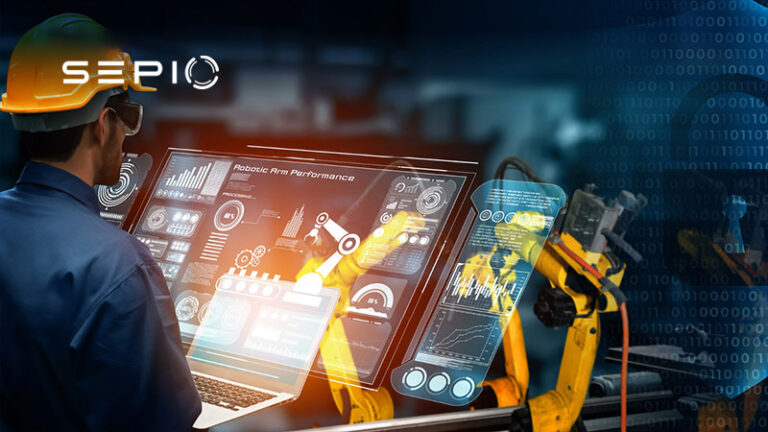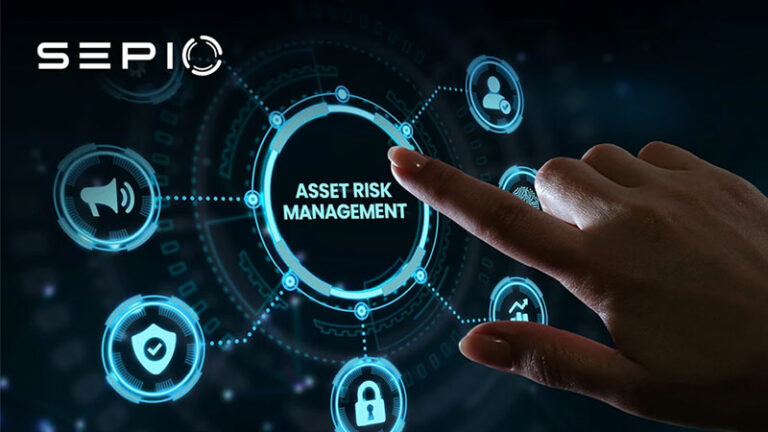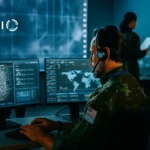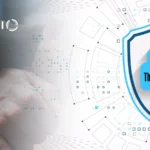What is Cyber Physical Convergence?
Cyber Physical Convergence refers to the integration and seamless interaction between digital (cyber) systems and physical entities. This powerful fusion creates a continuous feedback loop where physical actions influence digital systems, and digital data drives physical processes. The result is real-time analysis, automated decision-making, and responsive operations that transform how industries function.
Cyber Physical Convergence is foundational for innovations like the Internet of Things (IoT), Industry 4.0, smart cities, and autonomous systems, enabling efficient operations and improved safety. For example, in smart cities, this convergence supports everything from traffic management to energy usage, making urban environments more responsive and sustainable.
Additionally, the convergence of physical and cyber security strengthens resilience by addressing vulnerabilities in both realms. This unified approach ensures that risks in the digital sphere do not compromise physical assets, and vice versa, creating a secure, adaptive environment that’s essential for modern enterprises.
Cyber-Physical Risk: Understanding the Hidden Dangers
In the modern landscape, managing cyber-physical risk demands a sophisticated approach to both digital and physical security.
Consider the scenario where you’re a security specialist in a large bank. While most would classify this as an IT environment, the truth is that you’re also responsible for an array of operational technology (OT) assets. This mixed environment resembles the infrastructure of a medium-sized manufacturing facility. Consequently, your expertise must encompass physical assets as well as digital, illustrating the essence of cyber physical convergence and highlighting the growing importance of cyber physical security.
Gartner addressed this challenge through the concept of Cyber Physical Systems (CPS) Security, which unites physical and cyber security convergence to build safer, more resilient infrastructures. As these environments continue to merge, protecting against cyber-physical risk becomes an essential part of maintaining business continuity.
Identifying Cyber Assets in Cyber Physical Convergence Systems
The journey toward Cyber Physical Convergence systems begins with identifying every cyber asset connected to your network, or that has the potential to affect your physical environment. As the saying goes, you can only manage the risks you know about.
For example, an A/C chiller connected for remote maintenance could become an unexpected attack vector. An attack on this system could disrupt data centers and critical infrastructure that rely on cooling. Similarly, remote employees using risky devices, like insecure gaming mice, introduce risks that compromise not just the digital domain but could potentially affect physical systems as well.
This is where physical and cyber security convergence becomes essential: it ensures that every device, endpoint, and connected asset is recognized, assessed, and protected.
Understanding PLCs in Cyber Physical Systems
Your background may be IT, but familiarity with programmable logic controllers (PLCs) and remote terminal units (RTUs) is now crucial as OT infrastructure becomes a target for cyber-attacks. Even without an electrical engineering background, understanding high-risk assets and their impact on business continuity is essential.
In the context of Cyber Physical Convergence, this awareness bridges cyber physical security and IT infrastructure, enhancing overall resilience and helping organizations mitigate cyber-physical risk before incidents occur.
Managing Diverse Environments in Cyber Physical Convergence
Navigating diverse environments in the landscape of Cyber Physical Convergence is like a challenging game of Jumping Jack. How can you manage different environments effectively when you must leap between multiple solutions to find a single answer? To complicate matters further, each solution comes from a different vendor, as noted in three distinct market guides on supply chain attacks.
It’s like when you’re having a domestic night out (because your babysitter stood you up and called in sick) and want to watch a comedy, but there’s no unified list of all your options. Instead, you need to browse through several different platforms – Netflix, HBO, or Disney. Why? They are all providing the same service, being watched by the same TV, by a single person, so why complicate things?
Cybersecurity shouldn’t be any different. It should be as simple as, “Hey Siri! Show me the top five risky assets in our main data center.” And the response should be a quick: “Here you go – you have one spoofing laptop detected in the power-station running your data center. Two wireless combo mice detected on your trading floor. And John, working from home, just had a bad USB connected to his endpoint.”
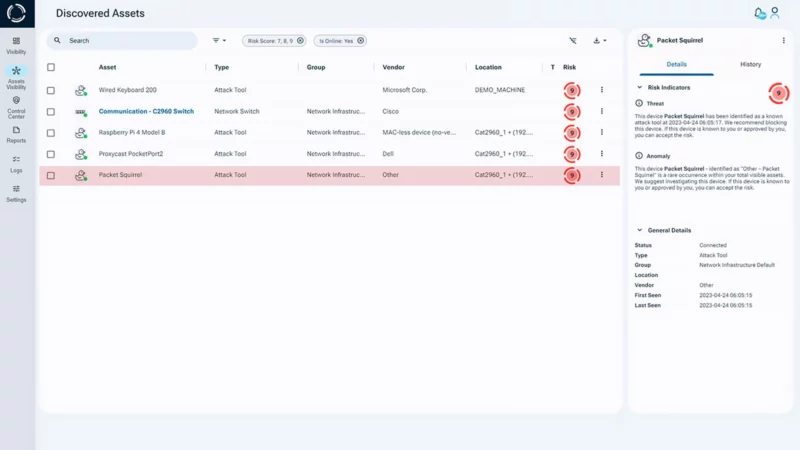
Cyber Physical Convergence Systems and Security Terminology
Shifting terminology from IT/OT/IoT to Cyber Physical Convergence Systems is more than a linguistic change — it’s a transformation in mindset. Your security scope is broader than ever, encompassing every endpoint and device that interacts with your infrastructure.
While that may seem daunting, the good news is that cybersecurity is evolving toward convergence. The convergence of physical and cyber security is now a cornerstone of risk management strategies worldwide
Start by improving asset visibility and adopting the zero trust approach. Continuously verify every connected asset and assess its risk level to establish trust.
Stay engaged with every part of your infrastructure. Even if you don’t know the exact function of each asset (e.g., a specific PLC), ensure it is verified and trusted, regardless of whether an external utility company manages it.
Just like dolphins sleep with one eye open to stay alert, your cybersecurity strategy should always remain aware of every potential asset risk.
Cyber-Physical Systems Protection with Sepio
Sepio’s platform embodies Cyber Physical Convergence by securing and managing hardware assets across enterprise environments.
Here’s how Sepio supports cyber-physical systems protection:
- Comprehensive Asset Visibility: Sepio offers complete visibility into all physical layer assets connected to your network, including USB and network interfaces. This ensures that every device is tracked and monitored. Such visibility is essential for effectively managing the integration of cyber and physical systems.
- Hardware-Based Risk Assessment: The platform performs detailed risk assessments for each hardware asset, identifying vulnerabilities and potential threats from malicious devices. This cybersecurity approach focuses on hardware, protecting the infrastructure from threats that originate at the physical level.
- Real-Time Risk Management: Sepio’s real-time risk management capabilities provide continuous monitoring and threat mitigation for all connected hardware assets. This proactive approach ensures that cyber physical systems remain secure, detecting and addressing risks as they arise while maintaining the integrity of the network.
- Detection and Mitigation of Malicious Assets: The solution detects and mitigate risks from malicious assets in enterprise environments. It covers a wide array of devices, ensuring comprehensive protection.
- Blocking and Control Options: The platform provides real-time blocking, such as disabling USB ports to stop risky devices from connecting. This feature is essential for protecting cyber-physical systems, preventing unauthorized or malicious devices from compromising the network.
- Policy Configuration: Sepio enables easy setup of granular policies customized to security needs or allows the use of default settings. This helps manage and control USB and network interface usage, allowing only approved devices to interact with the physical network.
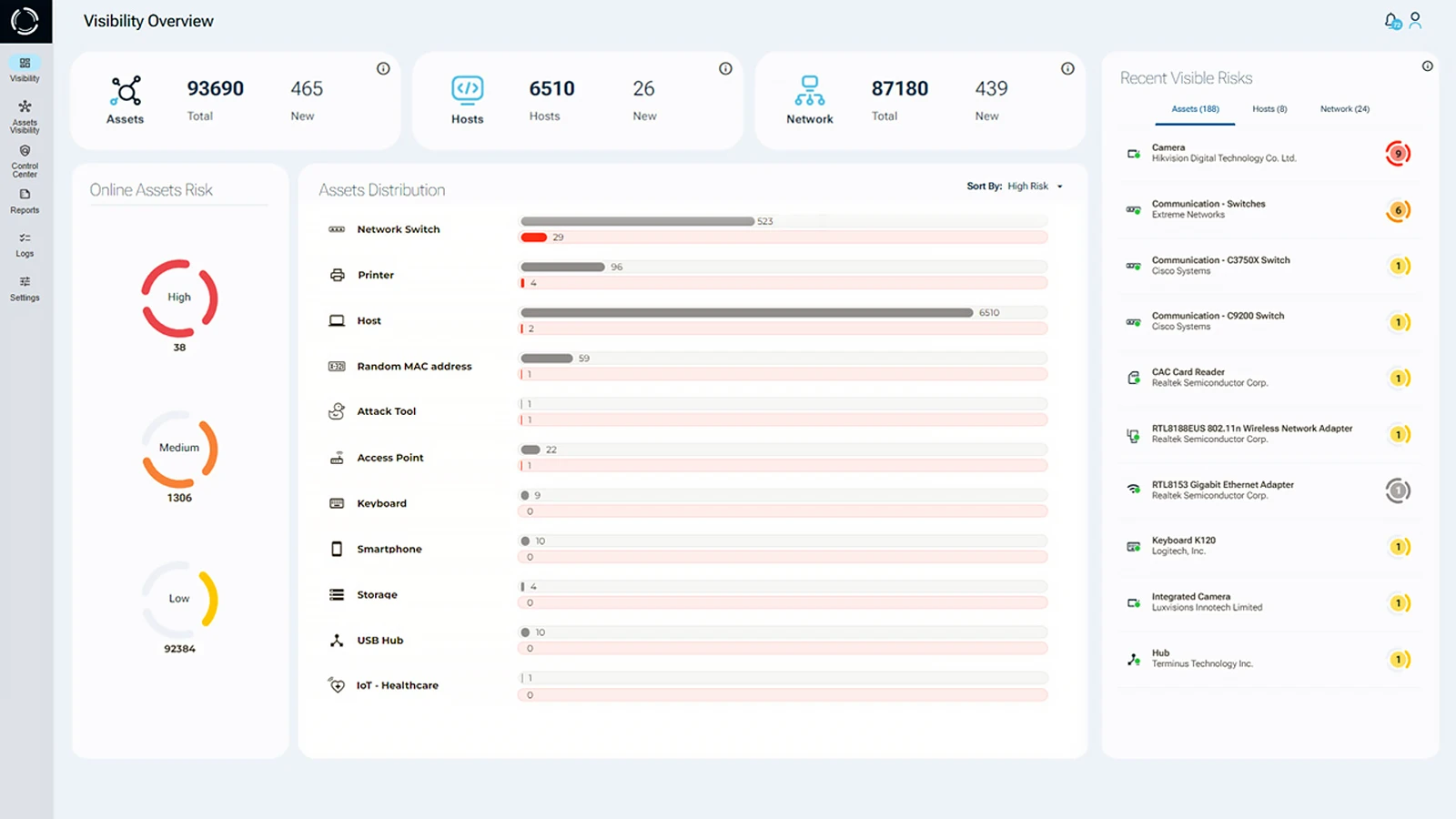
Convergence of Physical and Cyber Security
The convergence of physical and cyber security is at the heart of Cyber Physical Convergence. It ensures that both digital systems and physical assets are safeguarded within one cohesive framework.
By merging these two domains, organizations gain enhanced visibility across all connected devices, reduce cyber-physical risk, and strengthen their overall resilience. This approach allows security teams to respond faster, manage hardware-based vulnerabilities, and maintain the integrity of modern infrastructures.
Ready to Secure Your Cyber-Physical Assets?
Cyber Physical Convergence is not a futuristic concept, it’s today’s reality. As digital and physical boundaries continue to blur, securing every asset becomes mission-critical.
Experience how Sepio’s platform empowers cyber-physical convergence and enhances physical and cyber security for your organization. Discover comprehensive asset visibility, real-time risk management, and seamless protection for both digital and physical systems. Schedule a Demo.


